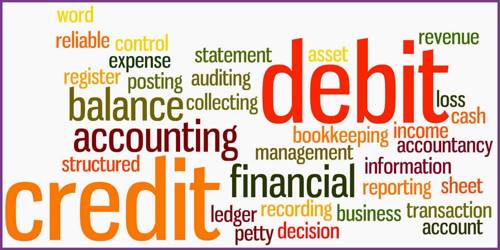Quantitative Methods of Credit Control in Central Bank
By credit control, central bank tries to keep the level of credit in the balanced position available in the market. For this purpose central bank uses some methods known as tools of credit control. Here the tools of credit control are discussed.
Quantitative methods: By this method, the amount of credit is increased or reduced rather than giving emphasize on its use. It is also known as general credit control. Quantitative method is consisting of-
(i) Bank rate policy,
(ii) Open market operation policy,
(iii) Reserve ratio aviation policy etc.
Bank rate policy: This is one of the main policies of credit control. At which rate central bank gives loans and advances to commercial banks is bank rate. By which rate central bank gives loans, discounts bill etc. When the supply of credit increased by commercial banks, it creates inflation and increases the price of necessities. To control such condition central bank increases the bank rate.
Open market operation policy: When central bank controls credit by buying and selling a bond, debenture, securities etc. in open market is known as open market operation policy. If commercial banks reduce their credit, it reduces the capital in the market. In this circumstances, the central bank buys a bond, debenture, securities etc. from the market and issue cheque against the payment.
Recent ratio variation policy: According to the prevailing law, commercial banks have to keep a certain amount of money from the total reserve. When central bank controls credit by an increase or decreases the reserve ratio rate, is known as reserve ratio variation policy. Sometimes commercial banks supply excessive money in the market and create inflation. When central bank realizes that commercial banks are liable for the inflation, then it increases statutory reserve ratio.















